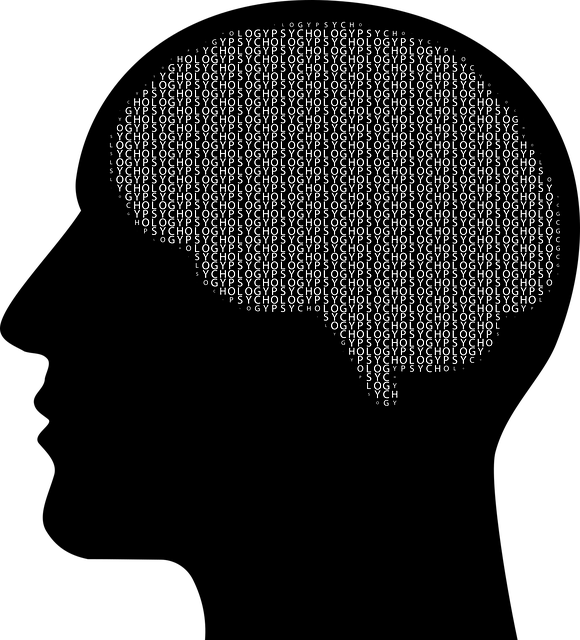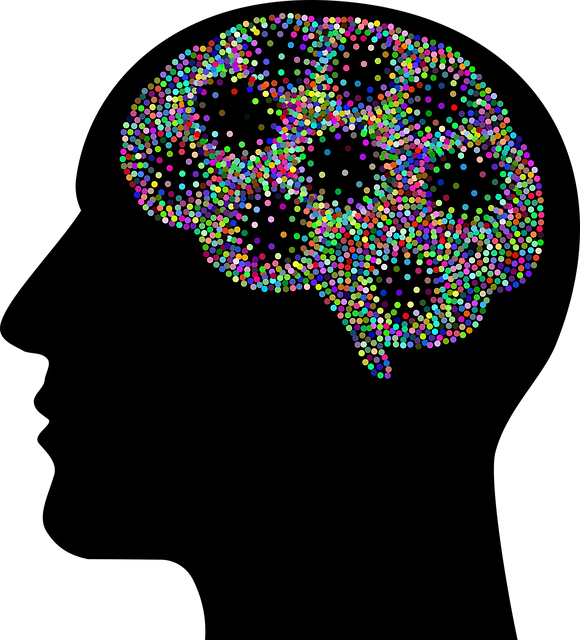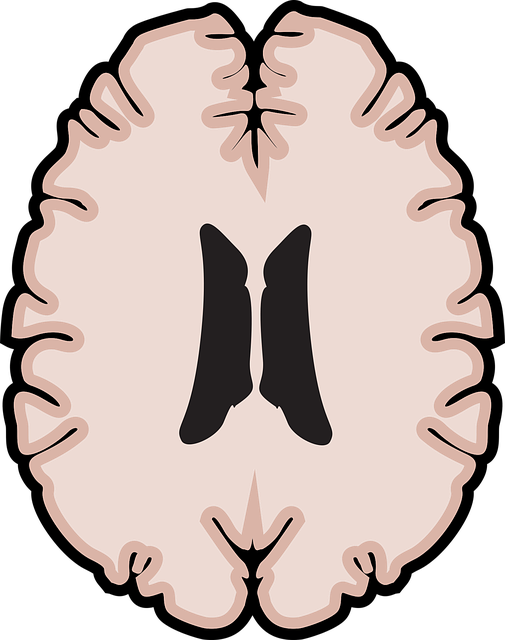Evaluating the impact of mental wellness programs like Wheat Ridge Post-Traumatic Stress Disorder (PTSD) Therapy is essential for their continuous improvement. This involves a blend of quantitative data (tracking symptom severity, completion rates) and qualitative feedback (client satisfaction scores, progress assessments). SMART goals aligned with program objectives guide evaluation measures, such as self-report questionnaires, clinical interviews, and behavioral observations. Key metrics include anxiety/depression surveys (PHQ-9, GAD-7), PTSD symptom scales (PCL, CADS), attendance rates, and long-term follow-up data for sustained mental health improvements. This comprehensive approach ensures tailored support for unique mental wellness needs.
Mental wellness programs require rigorous evaluation to ensure effectiveness and improve outcomes for participants, especially in specialized therapies like Wheat Ridge Post-Traumatic Stress Disorder Therapy. This article explores comprehensive evaluation methods, from assessing program impact using metrics and qualitative insights to gauging clinical outcomes and tracking progress. We delve into participant feedback mechanisms, long-term sustainability strategies, and the seamless integration of evaluations with healthcare records, ultimately enhancing the success of mental health interventions.
- Assessing Program Impact: Metrics and Measurement
- – Defining evaluation goals
- – Quantitative vs. qualitative methods
- – Common metrics for mental health programs
Assessing Program Impact: Metrics and Measurement

Evaluating the impact of a mental wellness program is paramount to understanding its effectiveness and making informed improvements. Metrics and measurement play a crucial role in gauging the success of initiatives aimed at enhancing mental health, such as Wheat Ridge Post-Traumatic Stress Disorder (PTSD) Therapy. This involves assessing both quantitative and qualitative data to capture the program’s overall impact on participants’ well-being.
Key performance indicators (KPIs) can include changes in symptoms severity, client satisfaction scores, retention rates, and the number of individuals who complete the program successfully. Additionally, measuring participant progress through pre- and post-program assessments allows for a clear understanding of individual and collective improvements in areas like stress management, coping mechanisms, and resilience. Incorporating feedback from participants through surveys or interviews provides valuable insights into their experiences, identifying aspects that resonate well and areas requiring adjustment in the Mental Health Education Programs Design. These comprehensive approaches ensure that programs like Wheat Ridge PTSD Therapy are not only effective but also tailored to meet the unique needs of those seeking support for their mental wellness and burnout prevention.
– Defining evaluation goals

Evaluating a mental wellness program, such as Wheat Ridge Post-Traumatic Stress Disorder (PTSD) Therapy, requires clear and defined goals that align with the program’s objectives. The initial step is to identify what success looks like for participants; this could involve measuring improvements in specific symptoms associated with PTSD or enhanced emotional regulation skills. For instance, one goal might be to help clients develop effective communication strategies to express their feelings, another could focus on promoting emotional well-being through various techniques. These goals should be SMART (Specific, Measurable, Achievable, Relevant, and Time-bound) to ensure the program’s effectiveness can be accurately assessed.
By setting these evaluation goals, therapists and researchers can design measures that capture the progress of clients throughout the treatment process. This may include self-report questionnaires, clinical interviews, or behavioral observations that directly assess aspects like emotional regulation, coping mechanisms, and overall PTSD symptoms reduction. The chosen methods should align with the program’s unique approach, ensuring they accurately reflect the desired outcomes.
– Quantitative vs. qualitative methods

Evaluating mental wellness programs requires a balanced approach, often employing both quantitative and qualitative methods to gain a comprehensive understanding. Quantitative techniques, such as surveys and statistical analysis, are powerful tools for measuring the impact of interventions on large populations. For instance, assessing the effectiveness of Wheat Ridge Post-Traumatic Stress Disorder (PTSD) Therapy could involve collecting data through standardized questionnaires to track changes in symptom severity over time. These methods provide objective, measurable results, enabling researchers and practitioners to identify successful programs and make informed decisions regarding allocation of resources.
Qualitative research, however, offers a deeper insight into the subjective experiences of individuals. Techniques like interviews and focus groups allow participants to share their personal stories, providing rich data on program reception, perceived benefits, and areas for improvement. For example, exploring Mind Over Matter Principles or Stress Management techniques through qualitative methods can reveal nuanced perspectives on how mindfulness meditation practices influence mental wellness. Combining these approaches ensures a multi-faceted evaluation, leading to more effective and tailored mental health care solutions.
– Common metrics for mental health programs

In evaluating mental wellness programs, several common metrics are employed to gauge their effectiveness. These include self-reported surveys measuring symptoms of anxiety and depression, often using standardized tools like the PHQ-9 (Patient Health Questionnaire) or GAD-7 (Generalized Anxiety Disorder 7-item scale). Another widely used metric is the Clinical Global Impression (CGI), which allows clinicians to rate a participant’s overall severity of illness. For programs focusing on specific conditions like Wheat Ridge Post-Traumatic Stress Disorder Therapy, metrics may include changes in PTSD symptom severity as measured by scales such as the PTSD Checklist (PCL) or the Clinical Anxiety and Depression Scale (CADS).
Beyond individual assessments, aggregate data on program outcomes can be analyzed to assess overall effectiveness. This includes tracking attendance rates, completion rates of programs like Mental Wellness Podcast Series Production or Stress Management Workshops Organization, and participant satisfaction surveys. For more intensive interventions, such as Mental Wellness Coaching Programs Development, metrics might include long-term follow-up data examining sustained improvements in mental health outcomes. These comprehensive approaches ensure that evaluations are multifaceted, capturing both immediate impacts and potential longer-term benefits.
Evaluating the effectiveness of mental wellness programs, such as those offering Wheat Ridge Post-Traumatic Stress Disorder (PTSD) therapy, is essential for ensuring their success and making informed improvements. By combining quantitative metrics like reduced symptom severity scores with qualitative methods like participant feedback, we can gain a comprehensive understanding of program impact. This dual approach allows us to tailor interventions, measure long-term outcomes, and ultimately foster better mental health outcomes for those in need.














